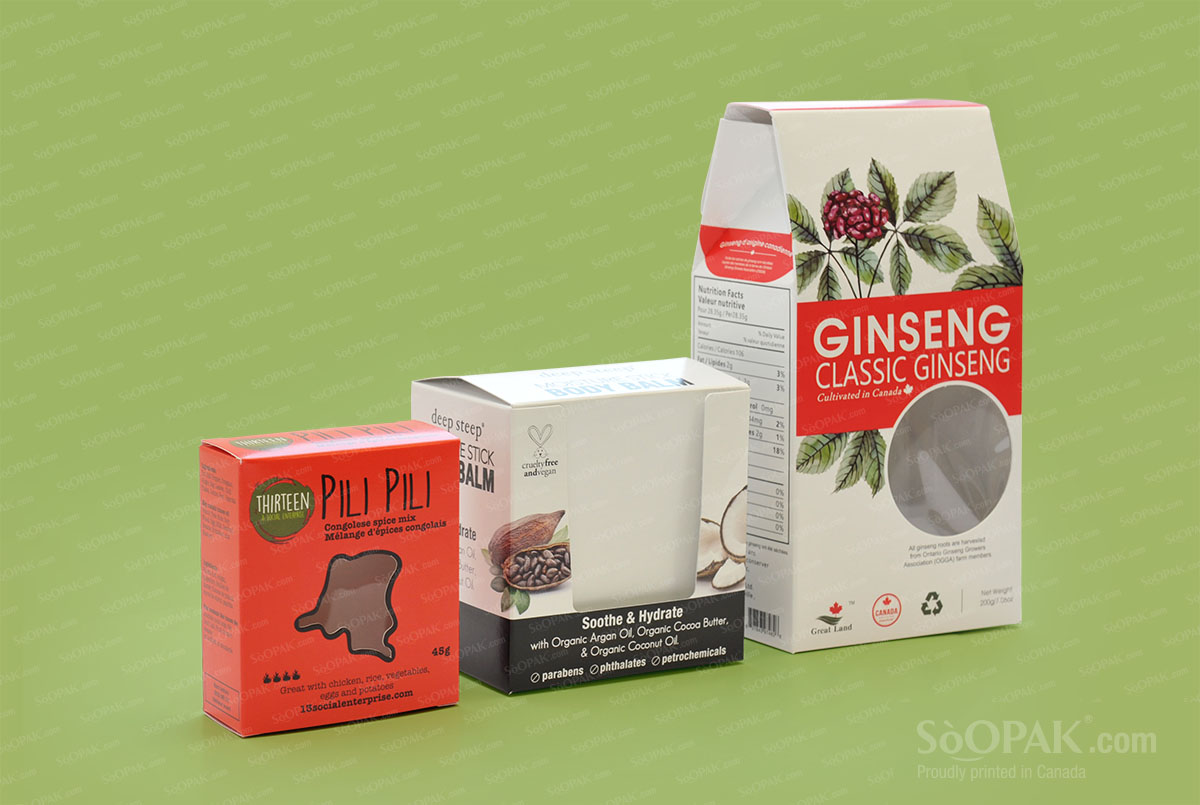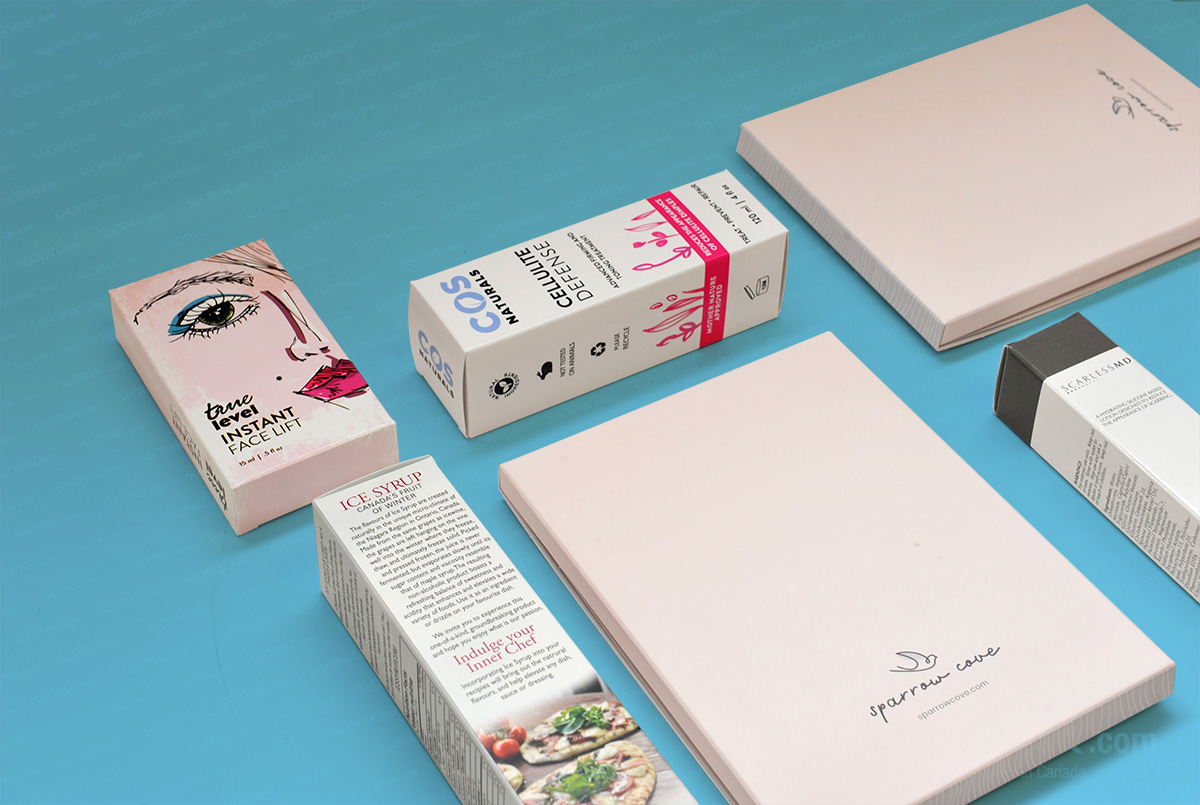Trimming weight from your product packaging will deliver a long list of benefits. You will likely use less material, saving you money on production costs and helping the planet by reducing the amount that ends up in a landfill or must be processed for recycling. Lower weight will reduce strain on your employees and retailers who stock your items. Of course, reducing the weight can lead to dramatic savings on your shipping costs, as well, which is one of the main reasons companies try to make the product packaging lighter.
Check Size of Packaging
When trying to trim the weight of your packaging, your first step should be to evaluate the size. Packaging that fits your product perfectly will use less material than boxes that are too large. If necessary, opt for a custom box that was designed specifically for your product. Remember that smaller boxes use less material and limiting the amount of material used will reduce the weight and save you money.
Consider Thinner Cardboard
If your current product packaging is made using cardboard, take a closer look at the cardboard you use, particularly its thickness and weight. If you have a lightweight product, there is no need for extremely sturdy cardboard. Opting for thinner materials in this situation could save at least several grams on every single product packaging, leading to pounds of savings per delivery crate.
Evaluate Plastic as an Option
Depending on what you sell, you might be able to change your current packaging material to plastic, which tends to be a lot lighter in weight. By its nature, plastic is lighter than cardboard and other packaging materials, giving it an advantage from the start. Assuming you have a lightweight product, like headphones or light beauty supplies, cardboard is not necessary, just adding more weight. On a related note, if you have a plastic container surrounded by a cardboard box for protection, such as with many over-the-counter medications, consider whether both are really necessary. Getting rid of the cardboard box can shave grams off your package’s weight per item.
Reevaluate Padding Materials
As you evaluate your current packaging for potential weight reduction, do not forget to consider any padding materials you use. If you sell semi-fragile toys, for example, consider what you use to wrap them. Is it lightweight, like packing peanuts or bubble wrap? Is there an even lighter alternative? Is the padding even necessary? You might be able to get rid of padding by increasing the thickness of the actual box. While the box would get heavier, the loss of padding materials might more than make up for this and lead to a drop in the net weight.
Don’t Forget about Dimensional Weight
If your primary concern for reducing packaging weight is to save money on shipping, do not forget to consider dimensional weight, as well. Shipping companies typically charge by the size as well as the weight of a package, with its dimensions or size being referred to as dimensional weight. Any reduction in the size of your packaging, therefore, can save you twofold, both in traditional and dimensional weight.




